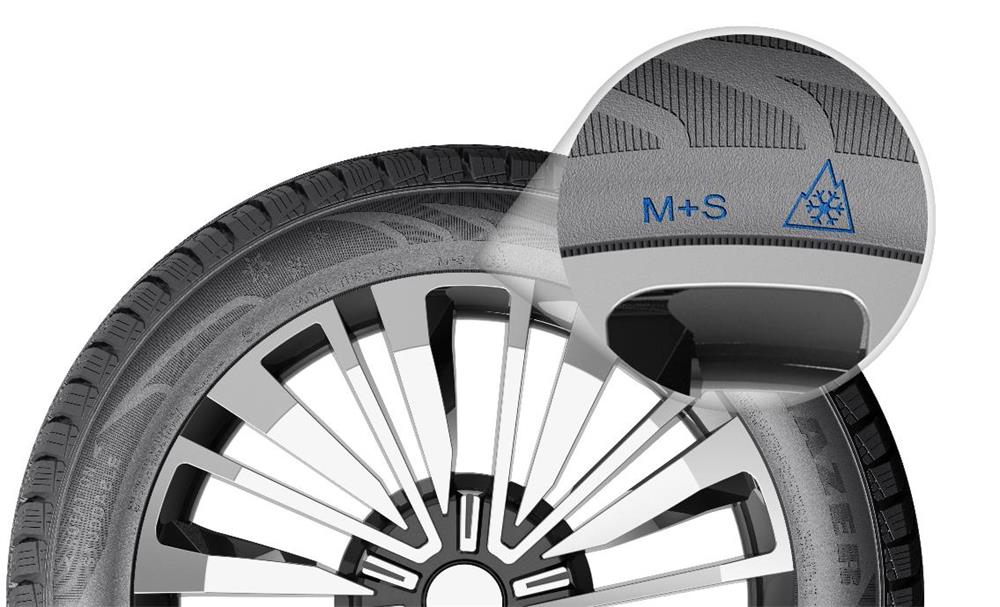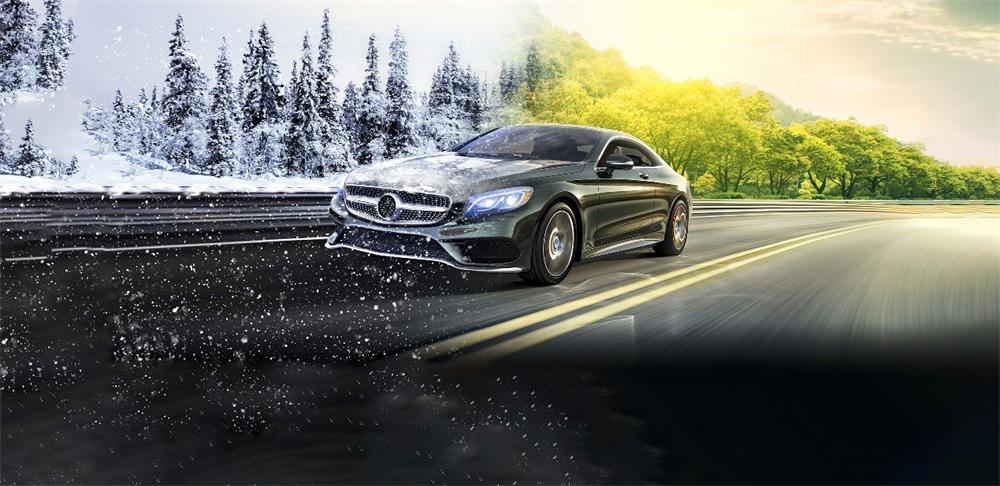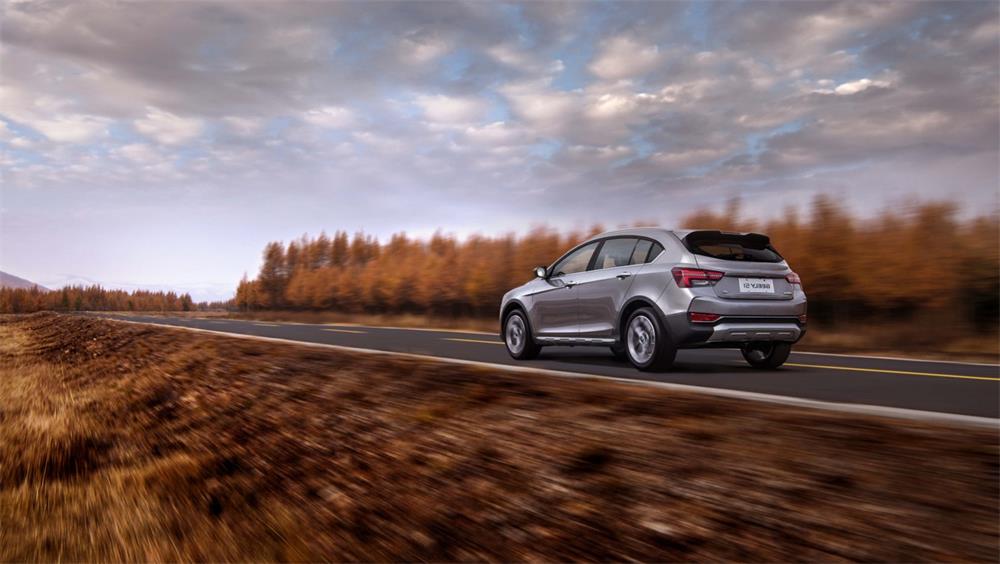



 Choosing Your Tires
Choosing Your Tires 
The easy way to find out the correct tire size is to check the side of your tire, on the sidewall.
Tire Width. The width of the tire measured in mm from sidewall to sidewall.
Aspect Ratio. The aspect ratio is the ratio of the height of the tire's cross-section to its width.
Rim Diameter. The rim diameter is the width in inches or cm of the wheel from one end to the other. The diameter of this wheel is 16 in. Always replace a tire on a rim with another tire of exactly the same rim diameter designation and suffix letters.
Load Index. The load index is an assigned number that corresponds with the load-carrying capacity of a tire. Most passenger car tire load indexes range from 75 to 100, but a few carry more.
Speed Rating. The speed rating tells you the maximum service speed for a tire. A speed rating isn't, however, a recommendation to exceed speed limits, and doesn't indicate how well a tire handles or corners.
M+S. M+S means the tire can be used on ice and snow roads and muddy roads. Snowflake and mountain logo, which is a special logo for snow tires. This tire is specially designed for use in low temperature climate conditions. In order to ensure the grip, the snow tires are specially made of soft rubber, specially designed tread patterns and deep grooves. When braking on ice and snow roads, the snow tires will not slip, and the braking distance is obviously short. It is generally recommended to replace snow tires in areas where the temperature is below 7 ℃ for a long time.
The type of tire you need can also depend on what season it is during the year.

·Summer tires have less grooves, big, solid ribs and a shallow tread depth which allows them to perform best in warmer weather on both dry and wet roads. This includes braking distances, handling, grip, and traction on the road. They’re also popular among sporty drivers due to their better cornering and breaking abilities.

· Winter tires have a softer and more elastic rubber compound, which ensures you’ll still get grip and traction in cold climates. In warmer weather, this soft compound will degrade quicker than summer tires. Winter tires also have specially designed sipes to deal with additional rain and snowfall on the roads at that time of year.

· All season tires combine design elements of both winter and summer tires, providing you with excellent performance all year round. The tread depth is not too shallow like in summer tires or deep as in winter tires .The tire compound is slightly harder, especially comparing with winter tires. The all-season tire has a longer tread life due to its harder compound. But its compound is not as hard as that of a summer tire.
SUV tires are designed to take the additional weight of the vehicle and maintain excellent grip, traction and handling on the road, just as you’d expect in any car.

4x4 tires are different again. They are reinforced to be able to handle off road adventures, and have a heavily defined tread pattern which helps to maximise grip on all terrain.